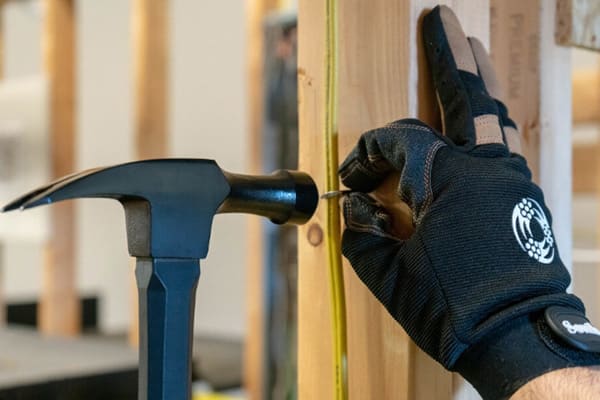When we think of electricians, we often imagine them working with wires, circuit breakers, and other electrical components. However, one of the most essential tools in an electrician's toolkit is not just limited to pliers, screwdrivers, or wire strippers—it’s the electrician hammer. While it might seem surprising at first, this tool plays a crucial role in an electrician's daily tasks. In this article, we'll explore why an electrician needs a hammer, the specific features of an electrician hammer, and how it contributes to the safe and efficient completion of electrical work.
The Electrician Hammer: More Than Just a Simple Tool
An electrician hammer is not your average hammer. It is designed with specific features that cater to the unique demands of electrical work. Unlike traditional hammers, which are often used for driving nails or general construction, an electrician hammer is crafted to perform tasks that are integral to the installation and maintenance of electrical systems.
1. Driving in Conduit Straps and Fasteners
One of the primary reasons an electrician needs a hammer is for driving in conduit straps and fasteners. Conduits are the protective tubing through which electrical wiring runs, and they need to be securely fastened to walls, ceilings, or other structures to ensure that the wiring is safe and remains in place. An electrician hammer is used to drive in nails, screws, or specialized fasteners that hold these conduits in place.
- Precision and Control: The electrician hammer is designed to offer better control and precision, which is essential when working in tight spaces or near delicate electrical components. Its compact size and balanced weight allow electricians to apply the right amount of force without damaging the surrounding materials or the conduits themselves.
2. Creating Access Points for Wiring
During electrical installations or upgrades, electricians often need to create access points in walls, floors, or ceilings to run wiring. This could involve removing small sections of drywall, wood, or other materials. The electrician hammer is a versatile tool for these tasks, allowing for controlled, precise removal of materials without causing unnecessary damage.
- Durability and Versatility: Electrician hammers are typically more durable than standard hammers, as they need to withstand frequent use in challenging conditions. They can be used to tap chisels, knock out pre-cut sections in electrical boxes, or even remove stubborn nails or screws that are in the way.
3. Safety Features for Working Around Electricity
Safety is a paramount concern in any electrical work, and this extends to the tools electricians use. Many electrician hammers are designed with insulation or non-conductive materials on the handle to reduce the risk of electrical shock. This is particularly important when working in environments where live circuits may be present.
- Insulation and Non-Conductive Handles: The handle of an electrician hammer is often made from materials like fiberglass or rubber, which provide insulation against electrical currents. This feature is crucial for protecting electricians from accidental contact with live wires or components, ensuring they can work safely in all situations.
4. Tightening and Aligning Electrical Boxes
Another common task for electricians is the installation and alignment of electrical boxes, which house outlets, switches, and other components. These boxes must be securely fastened and perfectly aligned to ensure proper function and safety. An electrician hammer can be used to tap these boxes into the correct position or adjust their placement without causing damage to the surrounding structure.
- Compact Design for Accessibility: The compact design of the electrician hammer makes it ideal for working in confined spaces, such as behind walls or in ceilings, where larger tools would be impractical. This allows electricians to complete their tasks with greater efficiency and accuracy.
Conclusion
While it may not be the first tool that comes to mind when thinking of electrical work, the electrician hammer is an indispensable part of an electrician’s toolkit. Its specialized design, which includes features such as insulation, durability, and compactness, makes it uniquely suited to the demands of electrical installation and maintenance. From driving in fasteners to creating access points and aligning electrical boxes, the electrician hammer plays a critical role in ensuring that electrical systems are installed safely and securely.
Electricians rely on their hammers for tasks that require precision, control, and safety, making this tool far more than just a hammer—it's a vital instrument that helps electricians perform their work efficiently and effectively. Whether you’re a seasoned professional or an aspiring electrician, understanding the importance of the electrician hammer will enhance your appreciation for the craftsmanship and care that goes into every electrical job.
Post time: 08-12-2024






